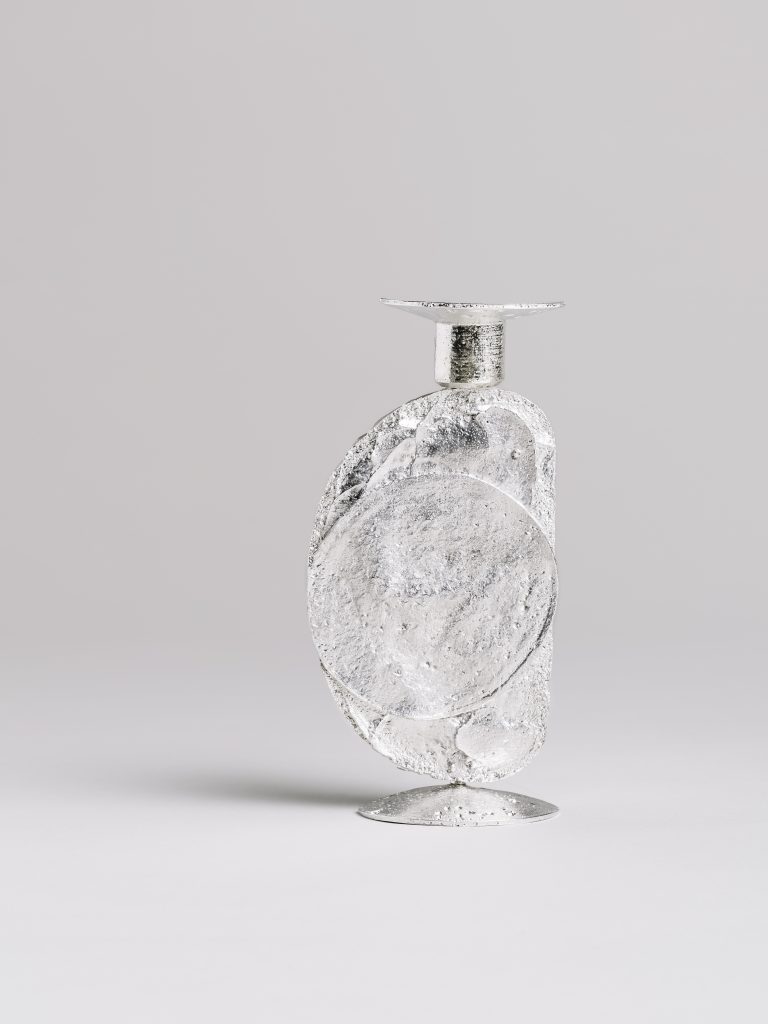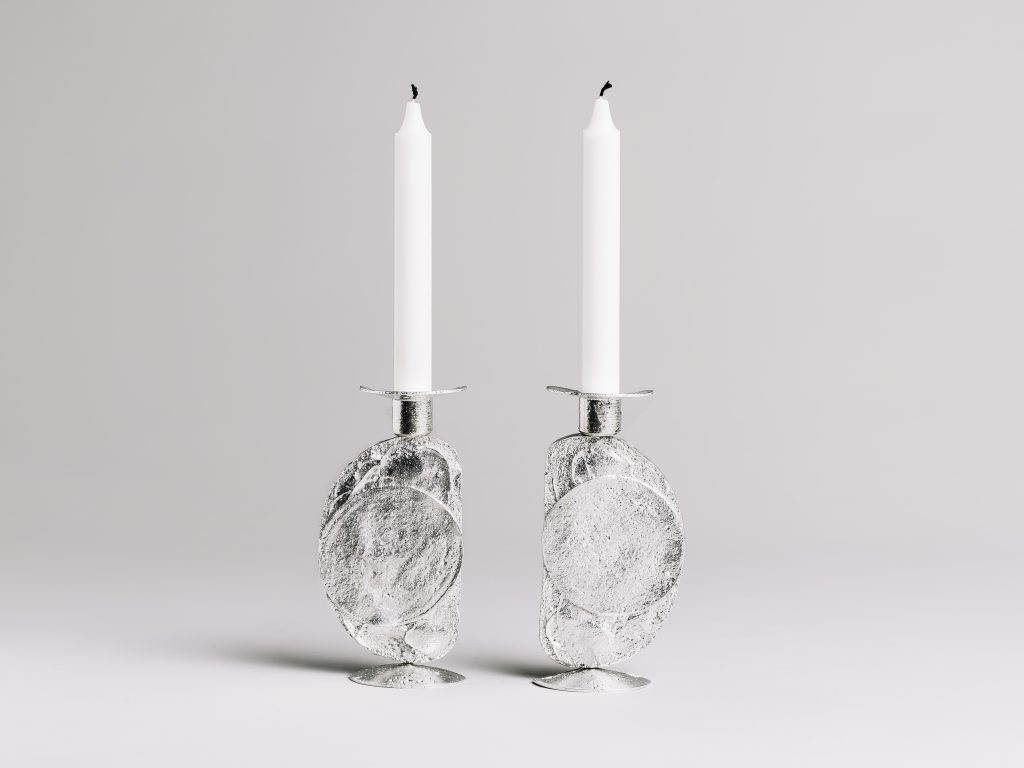-
The Baloney Sandwich
For several years, Nordberg lived next to a supermarket with absurdly low prices, and it was this context that served as the starting point of The Baloney Sandwich. The store was always a last resort for groceries, but now and then Nordberg wandered the aisles looking for something edible. Some of the bread had a shelf
life of three months; some tasted like hay. The butter had no butter in it, and the salami was packed with nitrates and antibiotics. For a long time, this inedible baloney sandwich was on her mind – a sandwich which could not be classified as food but rather was something else. During this time, she was also absorbed by a range of casting techniques. Could the inedible baloney sandwich work as a mould material, or be incorporated in some other way in the casting process? It seemed logical to treat the sandwich more as a material than a food. However, Nordberg struggled to find a way to use the soft food-like material in casting production, and after a while she forgot about it. That is, until recently. As it turned out, transforming the baloney sandwich into a frozen state made it durable enough for casting, and the hard sandwich finally became the material by which to create a hollow cavity for a negative casting mould. Together with some other casted elements, the baloney sandwich was then used to construct a candleholder.Throughout her practice, Nordberg has turned a critical eye on contemporary conditions of production, adopting an experimental and research-based approach. However, finding manufacturers who are willing to experiment is not an easy task. As a counter-strategy, she has developed her studio workshop such that it accommodates a variety of industrial techniques, including powder coating and metal casting. This framework has functioned as a stimulus, rather than a limitation, enabling the development of experiments that would not be possible in a large-scale manufacturing context. The Baloney Sandwish was made in 2019.
-





